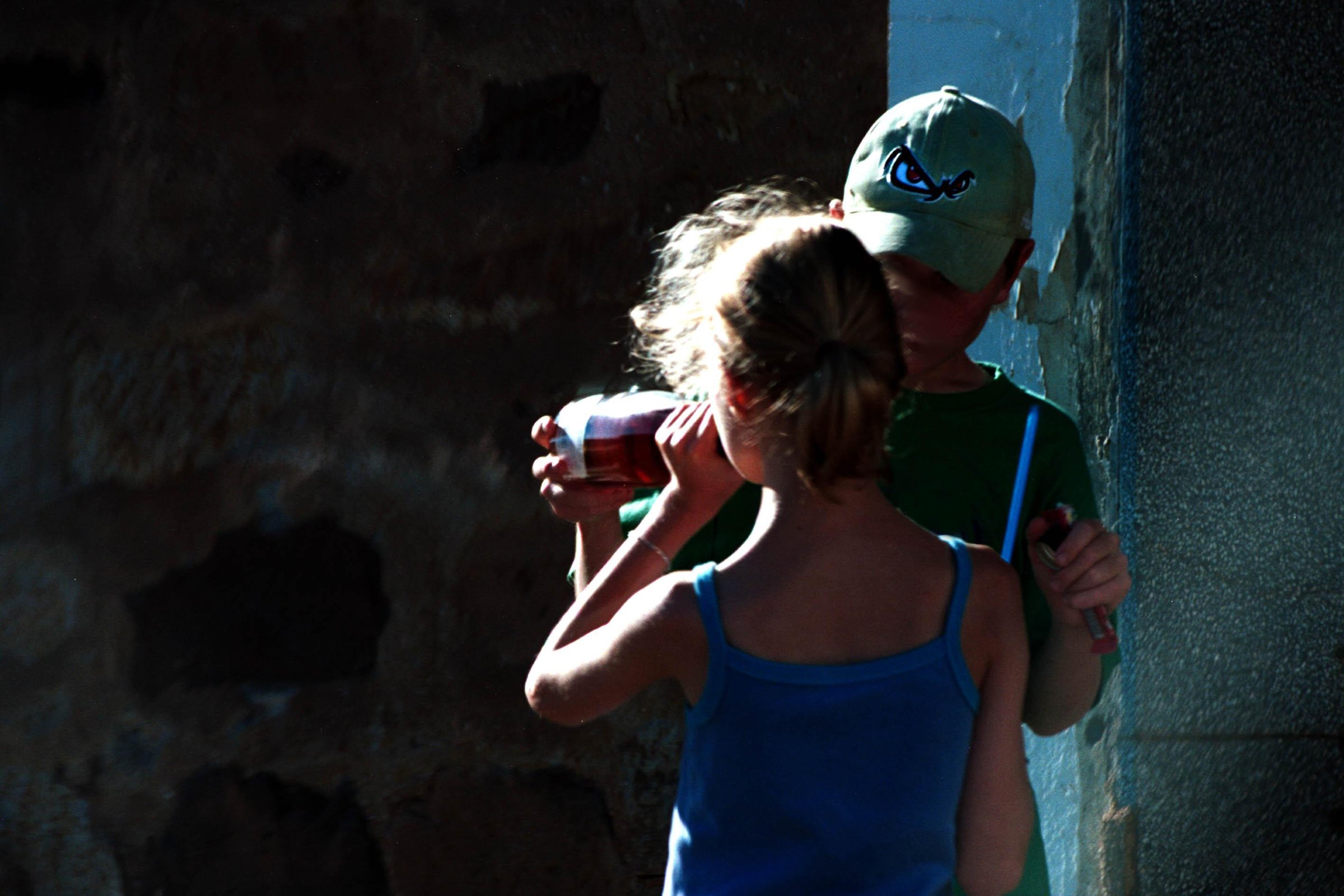
Should the minimum drinking age be lowered to 18 from the national mandate of 21, established by the National Minimum Drinking Age Act of 1984? Debate has ebbed and flowed, but many people believe that if a person can fight for their country and vote at 18, what’s a swig of booze?
A lot, argues Andrew Plunk, assistant professor of pediatrics at Eastern Virginia Medical School and lead author of a study published Monday in the Journal of Studies on Alcohol and Drugs. The study shows that in the run-up to the landmark 1984 act, states with lower minimum drinking ages saw higher high school dropout rates—in addition to what’s been already documented as other effects, such as lower educational attainment, higher substance abuse, and more. (The research was supported by grants from the National Institute on Drug Abuse and the National Institute on Alcohol Abuse and Alcoholism.)
Plunk and his colleagues looked at data from the 1970s and 1980s to see if there were differences in dropout rates. They used several sources: the Integrated Public Use Microdata Series, the National Longitudinal Alcohol Epidemiological Survey, and the National Epidemiological Survey on Alcohol and Related Conditions. They restricted the data to those born between 1960 and 1969, meaning the kids were of high school age during the period of greatest change in minimum legal drinking ages, which took place between 1978 and 1987. They also controlled for socioeconomic factors, like poverty, which might have colored results.
When Plunk and his team went back through high school graduation records, they found that 17-year-olds were affected by their 18-year-old peers. Why 17 and not 19 or even 20? Plunk says that while underage drinking is not anything new and there are definitely ways for minors to get access to alcohol, there’s something significant about 17 that makes it stick out: It’s the age when students are in their pivotal junior/senior year and are about to graduate. In a situation where 18 was the legal drinking age, being legal was just within grasp but not quite.
“We saw a 3% increase in dropout rates in the whole sample,” Plunk says. “In already at-risk groups [of dropping out of high school] like blacks and Hispanics, we saw a 4% increase.”
If the correlation observed in the paper were to happen today with 3.3 million students expected to graduate from high school this year, that means 99,000 dropouts. As Plunk notes, minorities are already more likely to face obstacles to crossing the graduation stage, such as poverty and dysfunction; lowering drinking ages seems to magnify that effect.
Plunk acknowledges there are a number of external environmental factors that might affect the connection between dropout rates and lowering drinking age. Still, he thinks a reduced drinking age could have an impact on minors, he says. “These are people who are 15, 16, 17, people who we still consider children. Protecting them is a very important thing.”
More Must-Reads From TIME
- The 100 Most Influential People of 2024
- The Revolution of Yulia Navalnaya
- 6 Compliments That Land Every Time
- What's the Deal With the Bitcoin Halving?
- If You're Dating Right Now , You're Brave: Column
- The AI That Could Heal a Divided Internet
- Fallout Is a Brilliant Model for the Future of Video Game Adaptations
- Want Weekly Recs on What to Watch, Read, and More? Sign Up for Worth Your Time
Write to Tanya Basu at tanya.basu@time.com